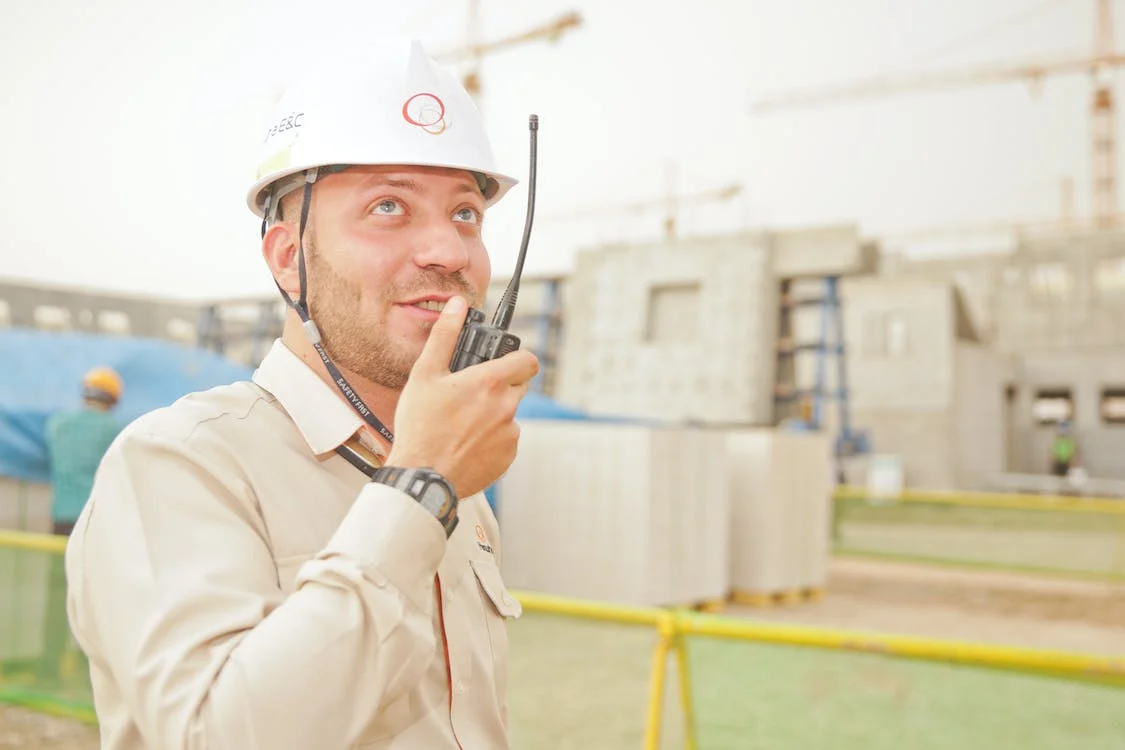If you choose the best materials, your flat roof will perform for you year in and year out regardless of the weather. You won’t be caught off guard by unexpected repairs at inconvenient times. Instead, all you’ll have to worry about is finetuning the space to give it a modern and distinctly personal flair.
Decades ago, roofers used to protect flat roofs by coating them in tar and gravel. Unfortunately, these materials failed to hold up over time, often weighing a roof down and letting water seep below the surface. It’s a good thing that roofing technology has come a long way since then. Nowadays, it’s easy to find roofers with access to the strongest materials for any type of job.
Here are five options to consider for coating your flat roof. Give them a look and see what benefits are best suited for your property. If you’re indecisive, don’t hesitate to consult with an exceptional local roofing company like Professional Roofers for a second opinion about your flat roof plans.
Spray Polyurethane Foam (SPF)
SPF is a liquid that expands and hardens into foam. It promotes proper water runoff and makes it easy to seal up exposed but hard-to-reach areas. It even reinforces your roof from extreme weather events by tightly bonding to any surface it touches.
PVC
PVC is a go-to if you work with corrosive substances on your flat roof, whether it be oil, fuel, or acid. It also provides a layer of insulation for added security against the elements. PVC usually comes packaged in rolls that need to be cut and welded to fit a specific layout. For added customization, your local roofer may be able to change the PVC’s colour with special chemical additives.
Thermoplastic Polyolefin (TPO)
TPO is a membrane commonly made from ethylene propylene rubber combined with a base of carbon or fiberglass. Its main purpose is absorbing the impact of bad weather and ultraviolet rays, and it can perform for up to 20 years. Though it isn’t very versatile in terms of aesthetics — it tends to come in grey, white or tan — TPO’s durability makes it a popular choice if you’re environmentally conscious.
EPMD
The material Ethylene Propylene Diene Monomer is a synthetic rubber made to withstand extreme force and severe weather events. It’s usually derived from recycled tires, making it one of the cheapest and most eco-friendly options on the market. Installation is simple and offers contractors a number of methods, such as:
- Adhesives
- Ballasting
- Fastening
EPMD’s main downside is that it mostly comes in black. While more aesthetically pleasing colours are available, they can cost you an extra 25% or more.
Modified Bitumen
Modified bitumen is a type of asphalt that can be melted and poured onto your roof or cold-applied by means of a water or solvent-based adhesive. It’s easy to repair and has multiple layers — often reinforced with fiberglass — that are prized for their ability to adapt to any climate. Modified bitumen has long-since earned the trust of Canadian homeowners with a track record that spans generations.
Give yourself time to go over the wide range of possibilities before you. Then share your decision with a reputable roofing specialist who can deliver top quality results. Your effort will be worth it in the end.

